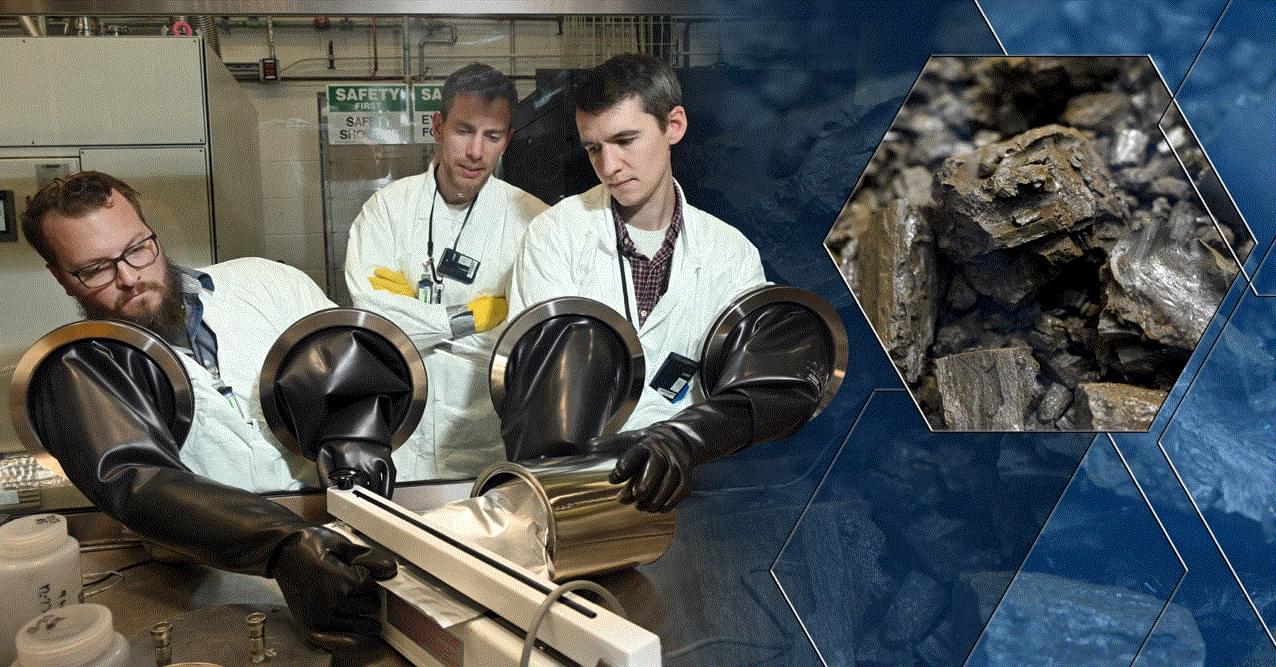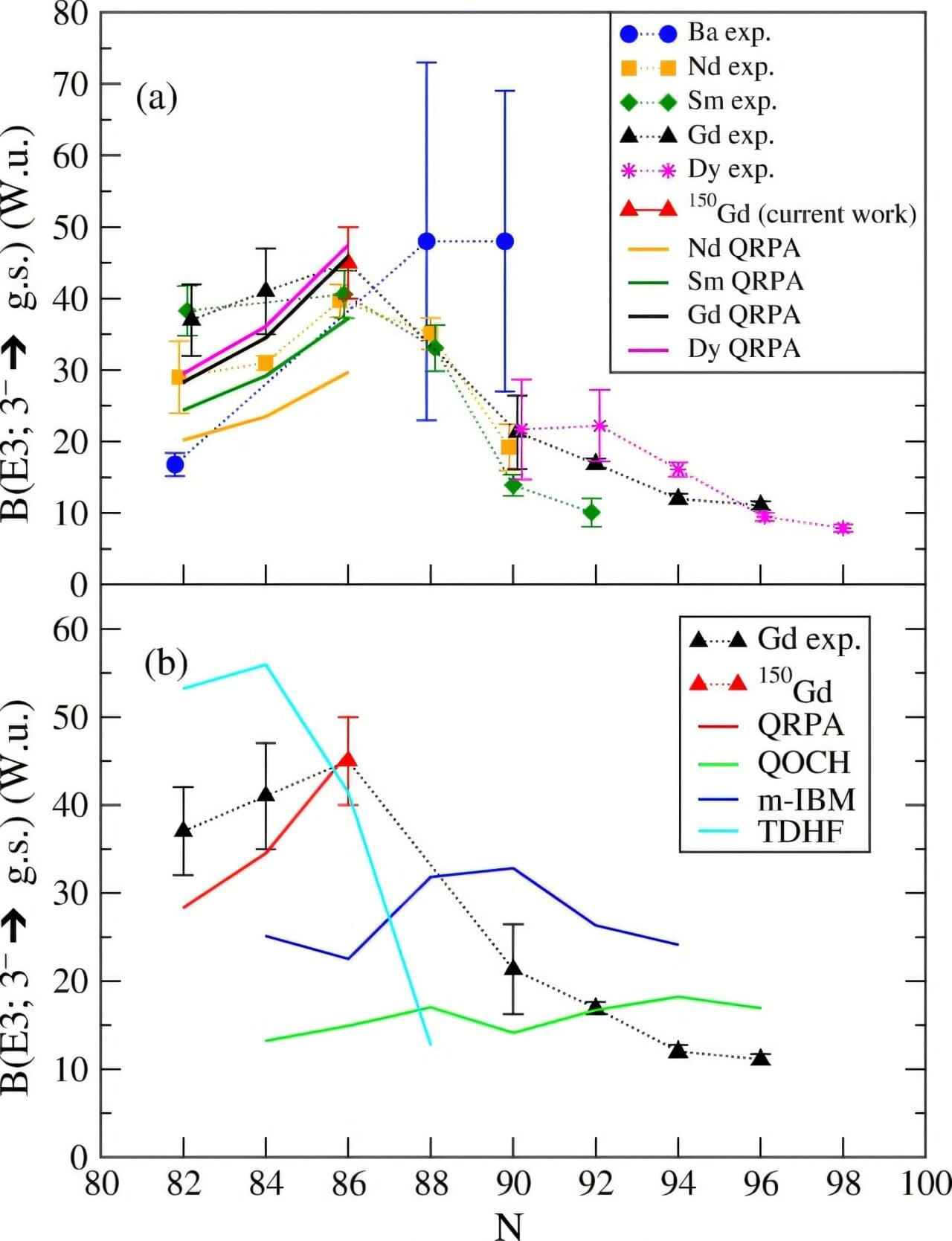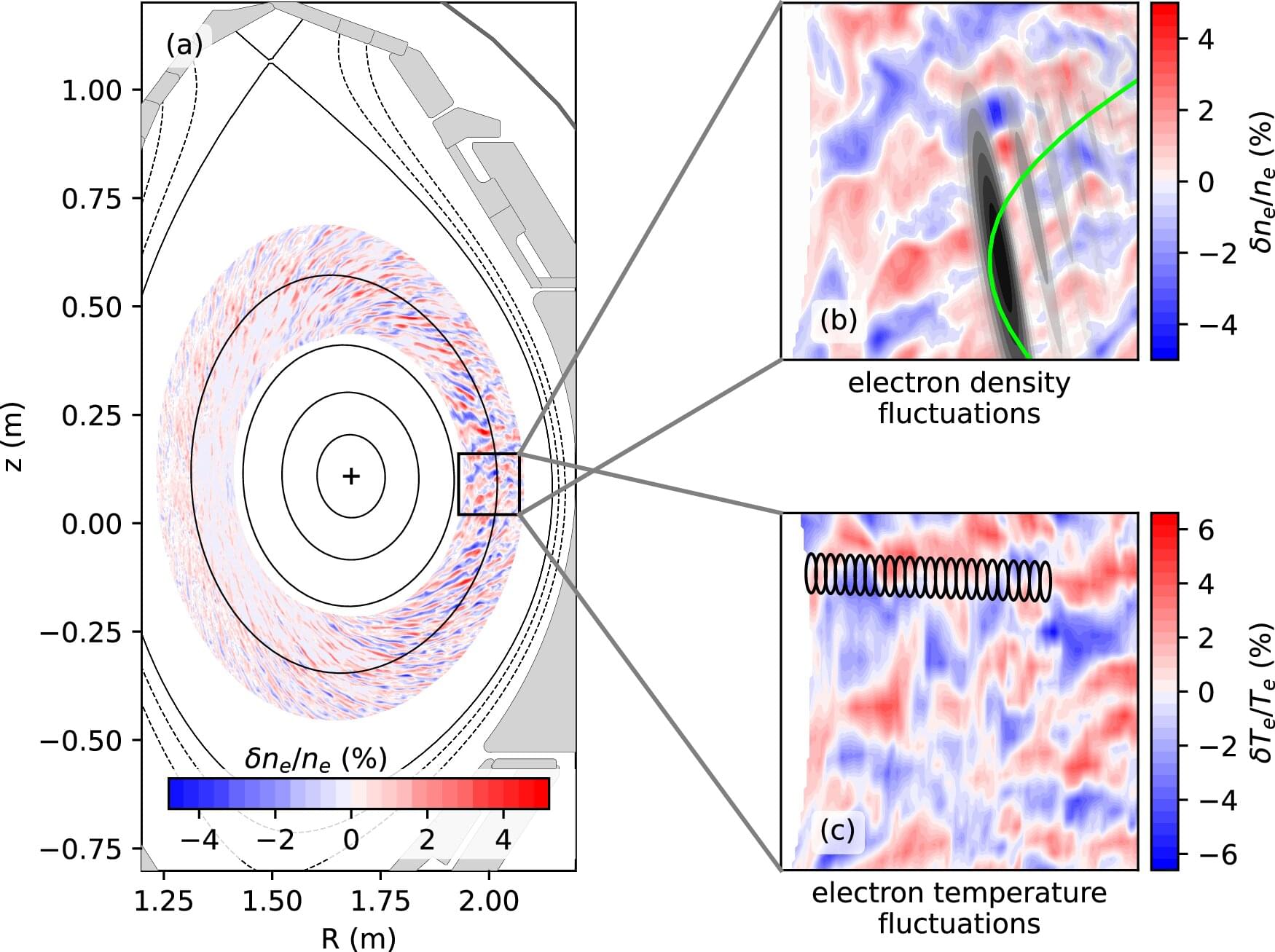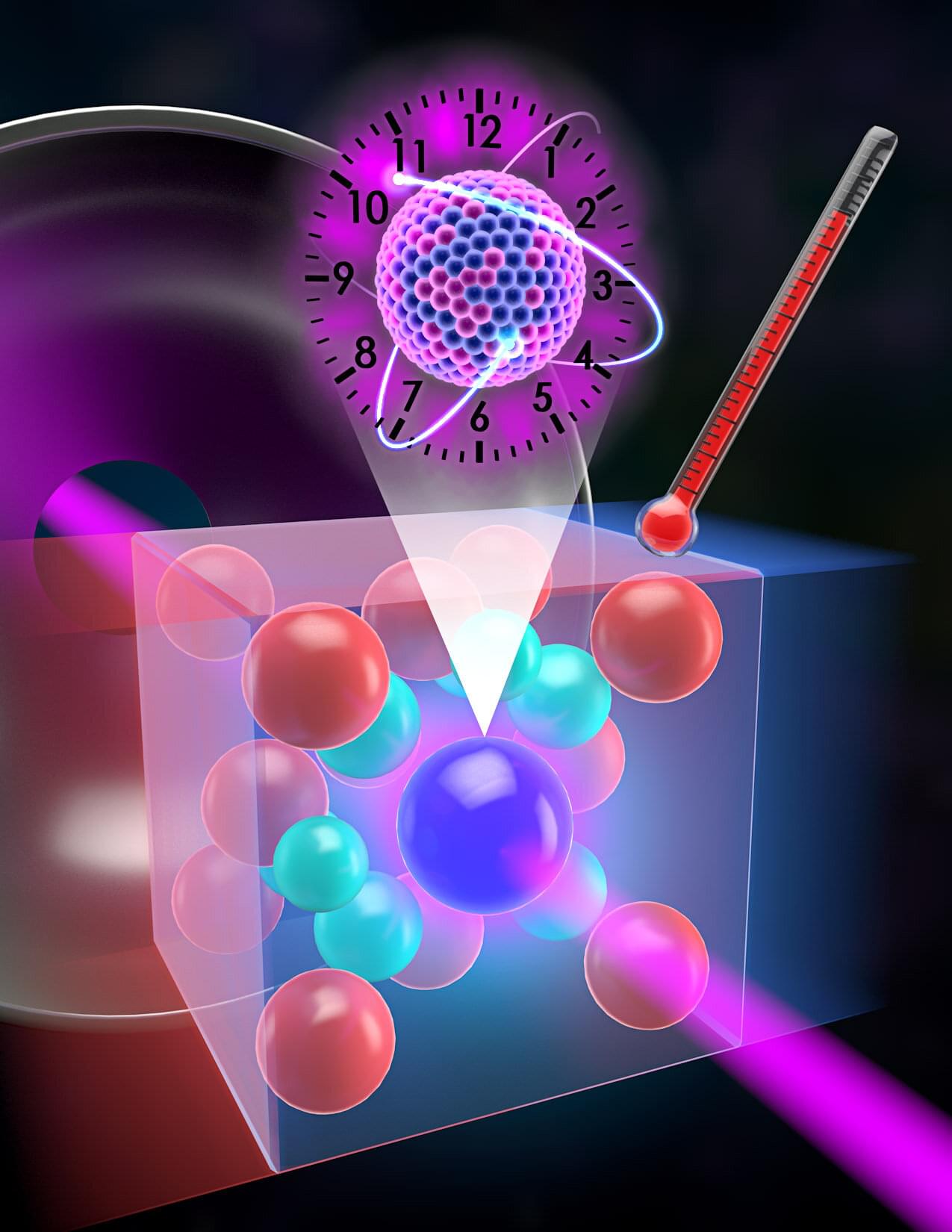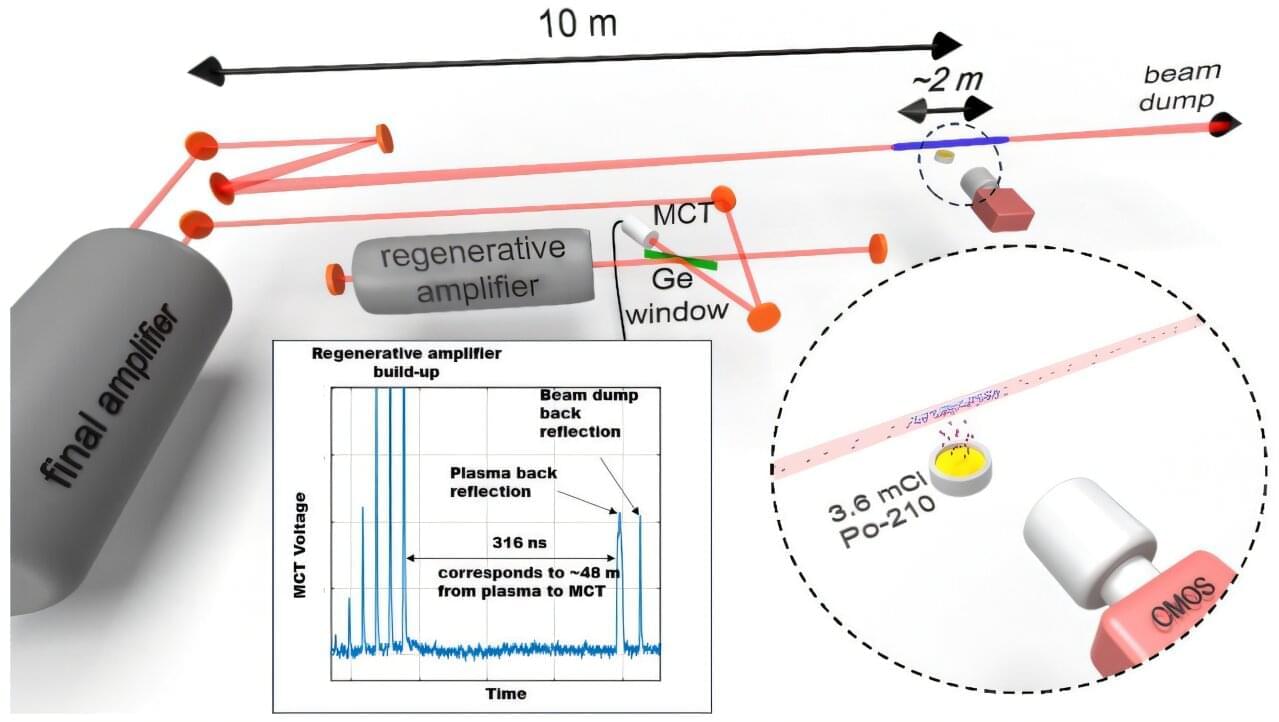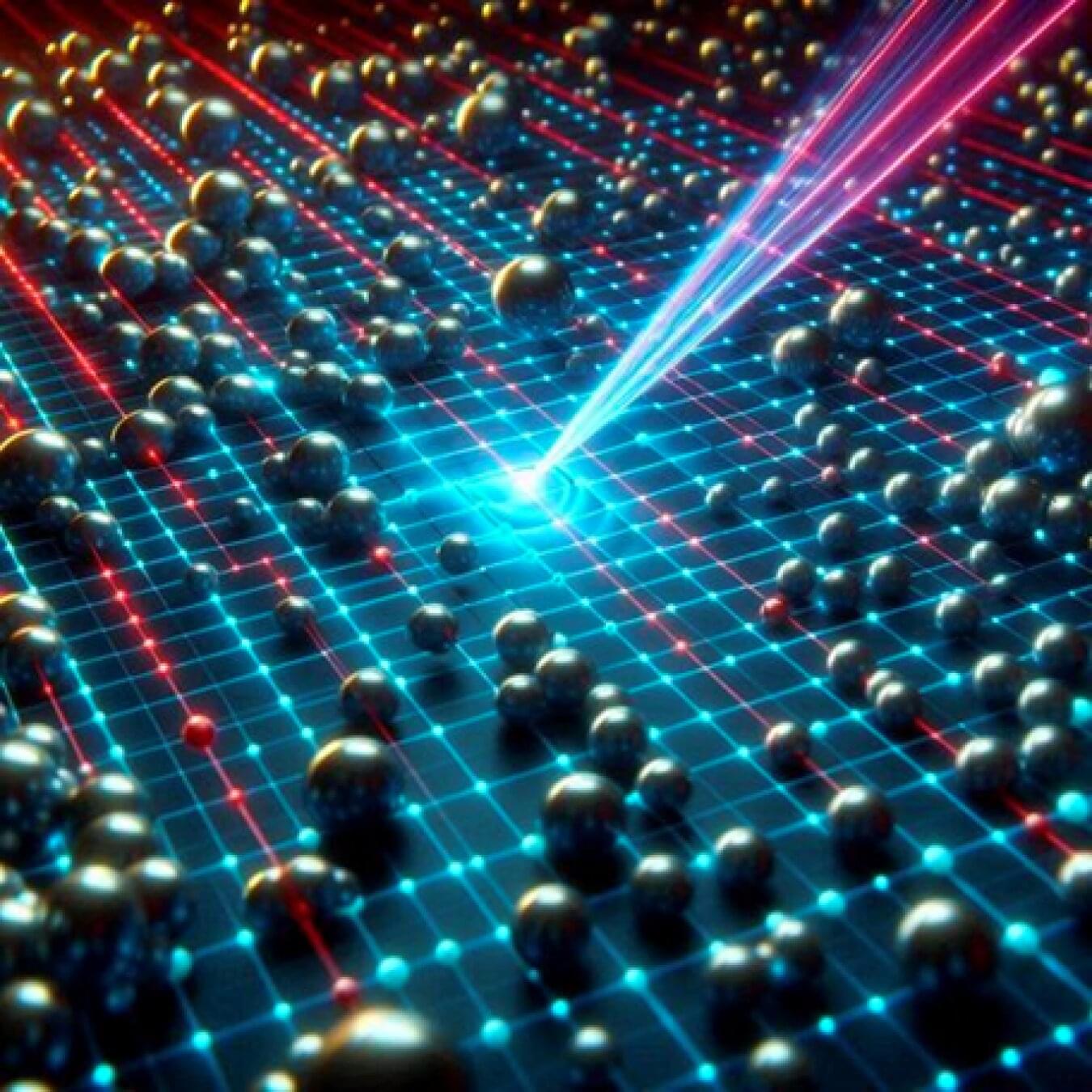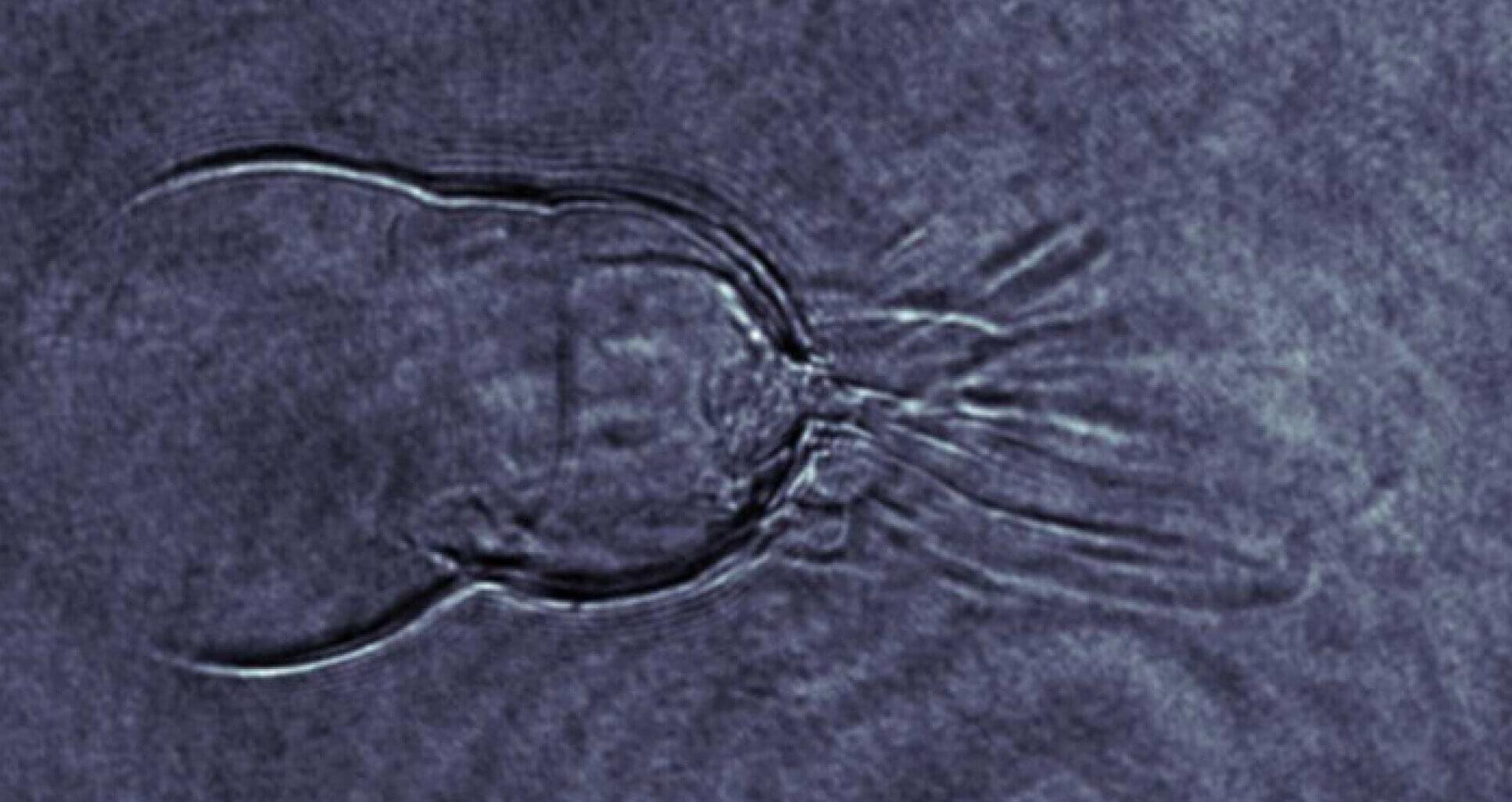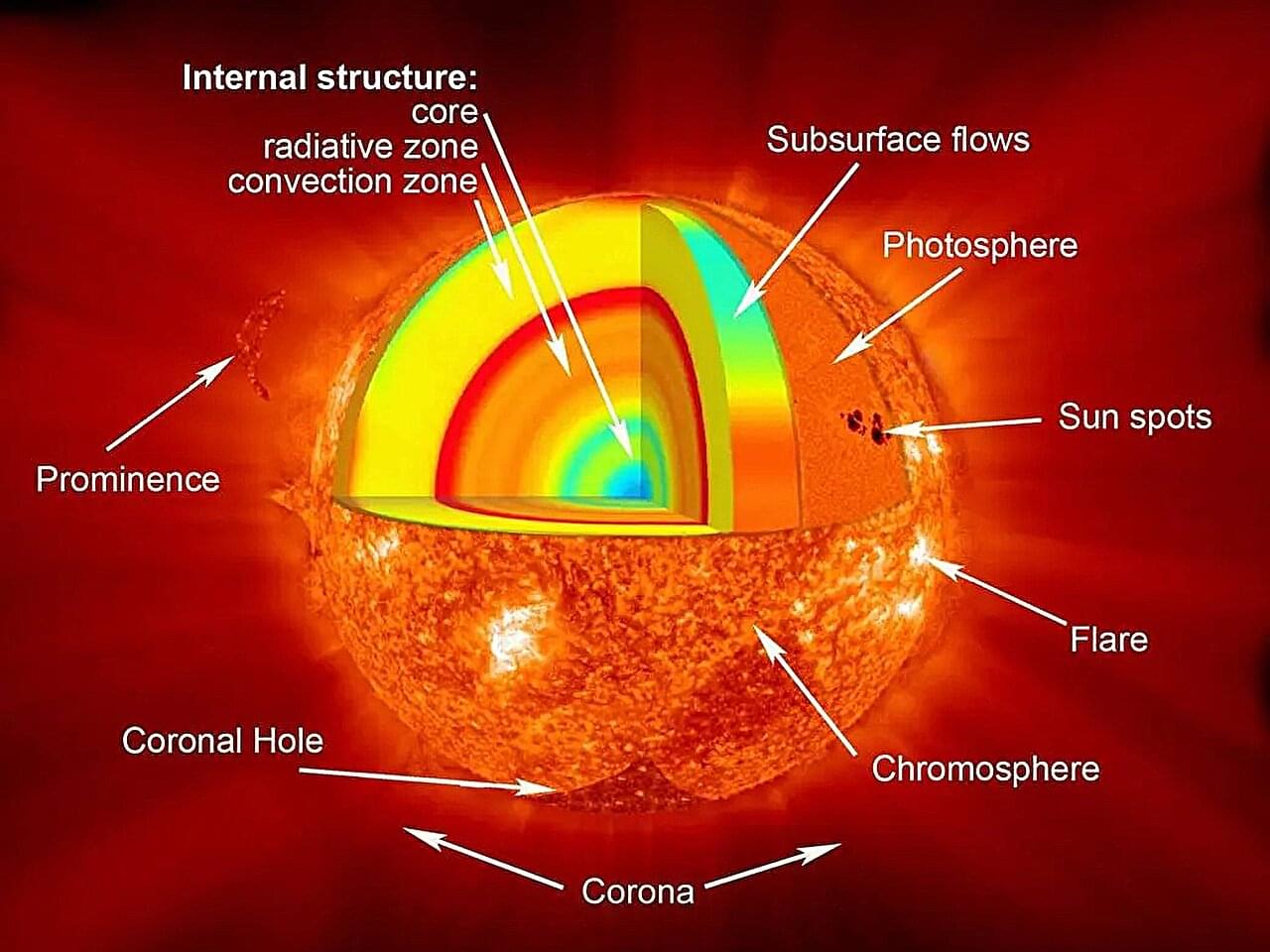After five years of trying to find the right ingredients, scientists at the Idaho National Laboratory (INL) believe they have created the perfect recipe to fuel the world’s first critical fast-spectrum molten salt reactor.
The Molten Chloride Reactor Experiment (MCRE) at INL will test a new type of nuclear reactor that uses a mixture of molten chloride salt and uranium as fuel and coolant. This experiment allows researchers and scientists to evaluate the safety and physics of a molten chloride fast reactor that Southern Company and TerraPower plan to build.
This type of advanced reactor is an attractive option to provide electricity and heat for communities and industry. They operate at higher temperatures for improved efficiency, potentially reduced waste generation and inherent safety features due to the liquid fuel design.
